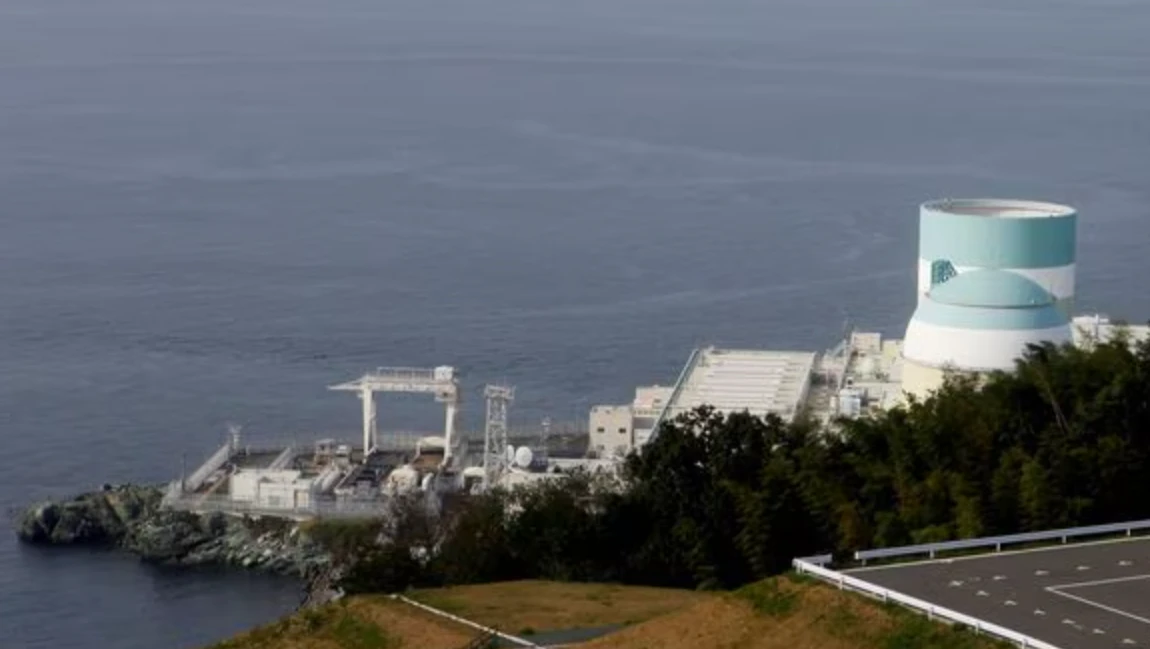Magnitude 6.3 quake hits western Japan, no tsunami warning

Stay tuned with 24 News HD Android App

An earthquake with a preliminary magnitude of 6.3 struck off southwestern Japan on Wednesday night, the US Geological Survey said, but there were no tsunami warnings or reports of damage.
The USGS put the epicentre of the quake in a channel that separates the islands of Kyushu and Shikoku, about 18 kilometres (11 miles) west of Uwajima, at a depth of about 25 kilometres.
"In areas the jolt was strong, please don't approach any dangerous areas. There is no risk of tsunami caused by this earthquake," the Japan Meteorological Agency (JMA) said on social media platform X.
Japan's Nuclear Regulation Authority said the Ikata nuclear power plant in the area was operating as normal. "No abnormalities have been detected at the Ikata power plant... and the operation is continuing," it said.
Government spokesman Yoshimasa Hayashi confirmed that there were no tsunami warnings or abnormalities at any power plants and that authorities were investigating what other damage may have occurred.
"We will do everything we can to respond," Hayashi said. He urged the public to be vigilant for aftershocks.
"I was about to go to bed when I felt the rumbling and knew a quake was coming. Then I felt the kind of jolt that I've never experienced in my life, and it kept shaking for 10 or 20 seconds," a fisherman from the Ehime region told broadcaster NHK.
"I was a bit panicky," he said, adding that some small objects fell over in his house, although there was no major damage. Sitting on top of four major tectonic plates along the western edge of the Pacific "Ring of Fire", Japan is one of the world's most tectonically active countries. The archipelago, home to around 125 million people, experiences around 1,500 jolts every year.
The vast majority are mild, and even larger quakes usually cause little damage. Japan's biggest quake on record was a massive 9.0-magnitude undersea jolt in March 2011 off its northeast coast, which triggered a tsunami that left around 18,500 people dead or missing.
The 2011 catastrophe also sent three reactors into meltdown at the Fukushima nuclear plant, causing Japan's worst post-war disaster and the most serious nuclear accident since Chernobyl. Despite stricter building guidelines, many structures, particularly outside major cities, are old and vulnerable.
This was brought home in the 7.5-magnitude quake on January 1 this year that hit Noto Peninsula and killed more than 230 people, many of them when older buildings collapsed. On April 3, a 7.4-magnitude struck Taiwan, killing 16 people and leaving more than 1,100 people injured, with strict building codes and widespread disaster readiness credited with averting a bigger catastrophe.
